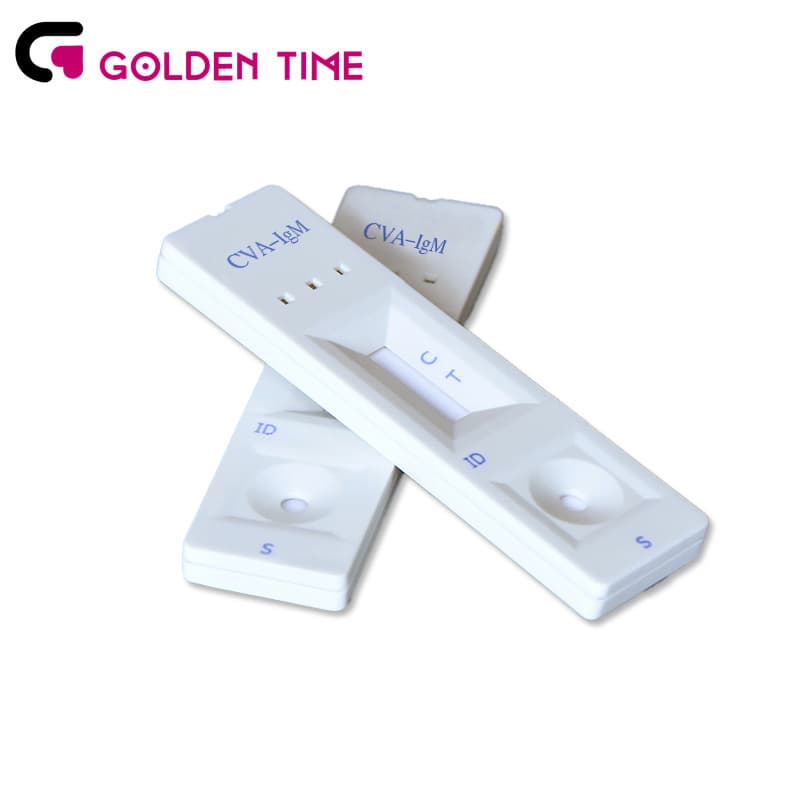ഡിസം . 05, 2024 09:10 Back to list
Optimal Diagnostic Methods for Malaria Detection and Diagnosis
The Best Diagnostic Tests for Malaria A Comprehensive Overview
Malaria remains one of the most significant public health challenges globally, particularly in tropical and subtropical regions. The disease, caused by protozoan parasites of the genus Plasmodium, is typically transmitted through the bite of infected Anopheles mosquitoes. With millions of cases reported annually, accurate and timely diagnosis is crucial for effective treatment and control of malaria. This article explores the best diagnostic tests available for malaria, their methodologies, advantages, and disadvantages, and their impact on disease management.
Traditional Microscopy
Historically, the gold standard for malaria diagnosis has been light microscopy, where blood smears are examined for the presence of Plasmodium parasites. Two types of blood smears are commonly used thick and thin smears. Thick smears allow for the detection of low parasite densities, while thin smears provide better species identification.
Advantages - High specificity and sensitivity when performed by experienced laboratorians. - Ability to quantify parasitemia, informing treatment decisions.
Disadvantages - Labor-intensive and requires trained personnel. - Results can be subjective and depend heavily on the technician's experience. - Time-consuming, often leading to delays in treatment.
Rapid Diagnostic Tests (RDTs)
In response to the limitations of microscopy, Rapid Diagnostic Tests (RDTs) have gained popularity. These tests utilize immunochromatographic methods to detect specific antigens produced by Plasmodium parasites. RDTs are user-friendly, require minimal training, and can provide results within 15 to 30 minutes.
Advantages - Quick results enable immediate treatment decisions. - Do not require sophisticated laboratory infrastructure, making them suitable for remote areas. - High specificity and sensitivity, especially in high-prevalence areas.
Disadvantages - May be less sensitive than microscopy for low parasitemia
. - Some RDTs cannot differentiate between Plasmodium species, which is crucial for treatment decisions.Polymerase Chain Reaction (PCR)
best diagnostic test for malaria

PCR has emerged as a molecular diagnostic technique capable of detecting malaria with high specificity and sensitivity. This test amplifies the genetic material of the parasite, allowing for the detection of even small quantities of Plasmodium DNA in blood samples.
Advantages - Highly sensitive and specific, able to detect low levels of infection. - Can differentiate between Plasmodium species, critical for accurate diagnosis and treatment.
Disadvantages - Requires specialized equipment and trained personnel. - More expensive and time-consuming compared to RDTs and microscopy, limiting its use in resource-poor settings.
Loop-Mediated Isothermal Amplification (LAMP)
LAMP is another molecular technique used for malaria detection. It is similar to PCR but operates at a constant temperature, eliminating the need for a thermal cycler. This method can yield results in about an hour and has been shown to have high sensitivity and specificity.
Advantages - Faster and simpler than PCR, with less technical expertise required. - Suitable for point-of-care testing in low-resource settings.
Disadvantages - Still relatively new, and further validation may be required in diverse populations. - Limited commercial availability compared to RDTs and microscopy.
Conclusion
In summary, the choice of diagnostic test for malaria largely depends on the context of its application, resource availability, and the specific needs of the healthcare system. While traditional microscopy remains a valuable tool in well-equipped laboratories, the advent of RDTs has revolutionized malaria diagnosis in remote areas, facilitating timely treatment. Molecular techniques such as PCR and LAMP offer high sensitivity and specificity, making them excellent choices for complicated cases or epidemiological studies.
Ultimately, a combination of these methods may provide the most effective approach for malaria diagnosis and management, enabling healthcare providers to tailor their interventions appropriately. As malaria control efforts continue to evolve, ensuring access to reliable diagnostic tools will be paramount in the fight against this life-threatening disease.
-
Rapid BZO Test Kit - Fast & Accurate Benzodiazepines Detection
NewsAug.04,2025
-
China Nylon Flocking Swabs - AI Enhanced Quality Collectors
NewsAug.03,2025
-
Highly Accurate hCG Pregnancy Test Strips - 5 Min Results
NewsAug.02,2025
-
Premium Empty ABS Plastic Cassettes: Durable & Lightweight Storage
NewsAug.01,2025
-
Accurate Cocaine (Coc) Rapid Test Kit | Fast & Reliable Detection
NewsJul.31,2025
-
Accurate HCG Pregnancy Test Strips | Fast Home Use Kit
NewsJul.31,2025

